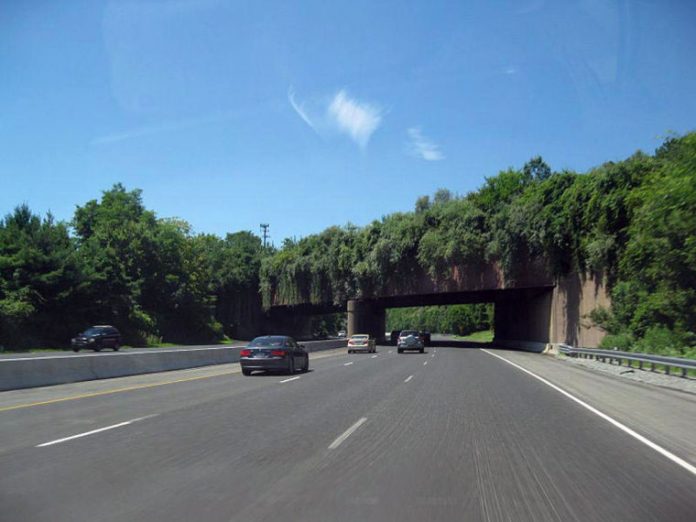I am willing to bet that most people have a fence somewhere on their property. Perhaps their yard, like mine, is surrounded by a fence. Sometimes fences are needed to contain pets or livestock, and sometimes they are constructed to exclude unwanted animals, such as deer. Some fences provide security for the occupants. All of these are valid reasons for constructing a fence, but whatever the reason, a fence will likely have an effect on wildlife.
A quick Internet search of homes available in the South County shows that most homes in new developments feature at least a fence across the backyard, if not one completely surrounding the property. Older neighborhoods are similarly designed. When a large number of homes are built in close proximity to each other, contiguously fenced, a large roadblock has been place in way of wildlife following traditional paths to food, shelter and water.
The same thing happens when we build freeways and roads, shopping malls or power plants in formerly open spaces. How do animals get across – or around – those barriers? As is demonstrated every day by the sad sight of dead animals on our roadways, the task for these animals can be life threatening. Last year, while driving to the Central Valley, a friend came upon a mountain lion who had very recently been hit and killed by a vehicle on Highway 152.
Wild animals migrate every day in search of food and water, sometimes along well-established pathways or traditional routes. Generally speaking, the larger the animal, the further he must search. Mountain lions often follow the movement of deer. This daily migration must, out of necessity, cover a broader area in times of drought, when there is less water and food available. Larger animals in general require a wider range than do small animals, to provide a diverse gene pool.
When fences and roads are constructed across a species’ traditional daily migration path or in the middle of their normal range, animals struggle to find a way over and around the barrier. In efforts to jump over a fence, particularly tall chain link fences topped with barbed wire, hooved animals can get their hind legs caught – often with fatal consequences. Young animals, or those too small to jump, must go around the fence, frequently putting themselves in contact with humans. Such contact rarely ends well for the animal. Many of the wild animals WERC cares for are victims of collisions with vehicles, have gotten tangled in barbed wire or have flown into walls or windows.
Although the focus of this column is the effect barriers to migration have on wildlife, it must not be forgotten that humans, too, are affected. Many people have been injured or killed when their vehicle collides with an animal or when they swerve to avoid a collision.
The California Department of Fish and Wildlife and the California Department of Transportation (Caltrans) are aware of these issues. These two agencies have collaborated to prepare a statewide assessment of essential habitat connectivity, using scientific research and modeling techniques. The goal was to identify large remaining blocks of intact habitat or natural landscape, and model linkages between them that need to be maintained as corridors for wildlife.
Ten years ago, the state also passed the Natural Community Conservation Planning Act, described as “an unprecedented effort by the State of California, and numerous private and public partners, that takes a broad-based ecosystem approach to planning for the protection and perpetuation of biological diversity. An NCCP identifies and provides for the regional or areawide protection of plants, animals, and their habitats, while allowing compatible and appropriate economic activity.” Santa Clara County is one area where planning efforts already underway.
This is a great step in the right direction, but what about areas that are already built up, crossed by roadways or fenced? Is it too late to protect wildlife corridors in developed areas?
A retroactive solution – albeit imperfect – has been implemented in many parts of Canada and Europe. The United States is beginning to follow suit. Wildlife overpasses have been built to allow animals to cross safely over major highways. The overpasses are generally covered with soil and vegetation to resemble the habitat on either side of the bridge. In other areas, tunnels are constructed to allow wildlife to safely cross roadways.
Fences and roads are obviously an important and necessary part of modern life. Fortunately, we are starting to understand and plan for the needs of wildlife. In areas like ours, where wildlife and humans often live in close proximity, careful planning is important for the safety and well-being of all of us.
Amy Randall Yee has lived in Santa Clara County for 35 years and has volunteered at WERC for six years. She is also the President of the Board of Directors of WERC.










